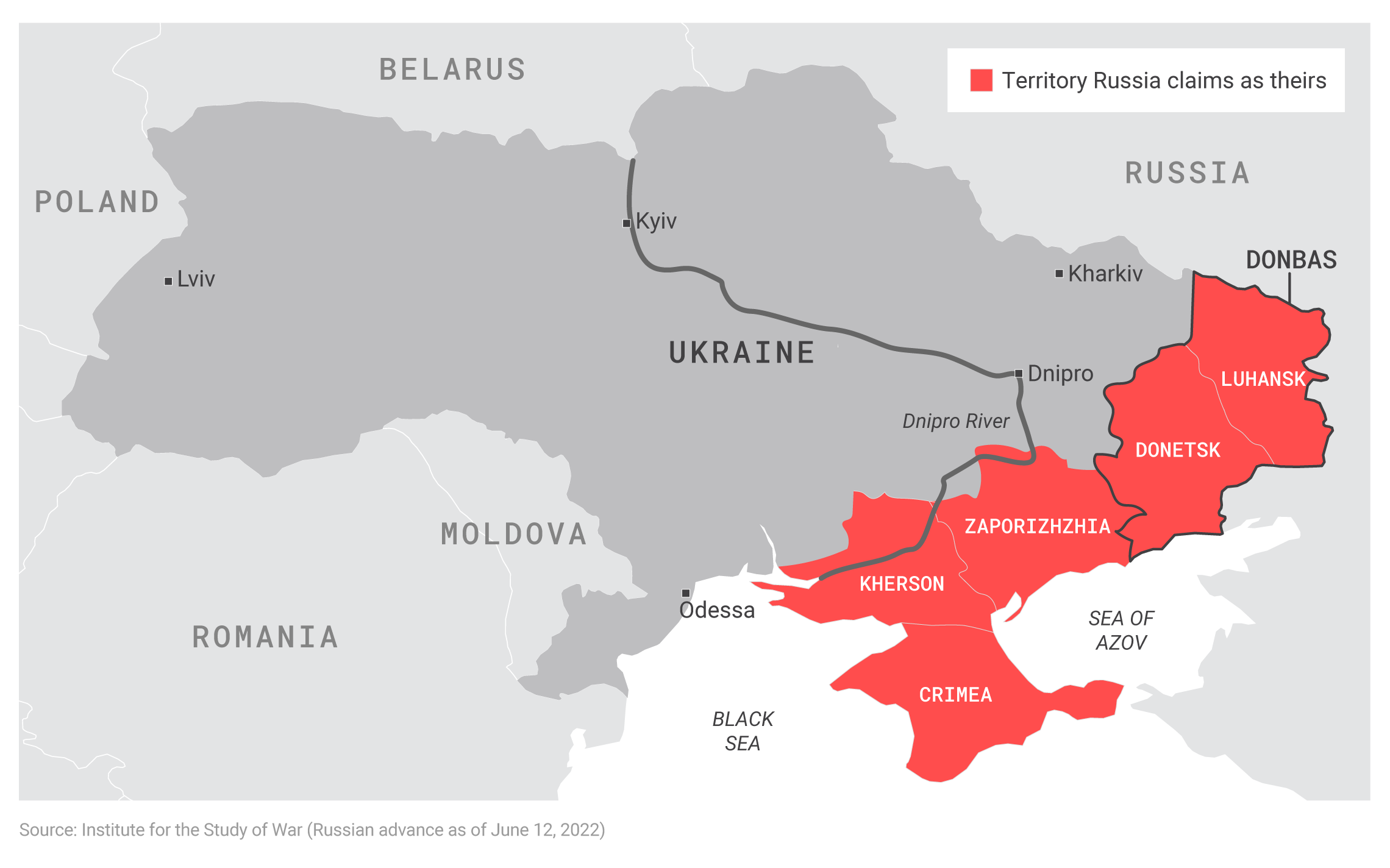NATO Signals Support for Ukraine’s Use of F-16 Fighter Jets that could spark World War III
As tensions between NATO and Russia continue to mount, the specter of conflict looms larger with each passing day. In a recent development, NATO Secretary General Jens Stoltenberg has affirmed Ukraine’s right to self-defense and indicated that the country will be free to use F-16 fighter jets received from NATO against military targets, even “inside Russia” or beyond Kiev’s claimed borders.
Speaking to RFE/RL in an interview scheduled for Friday, Stoltenberg emphasized Ukraine’s right to defend itself against what he described as Russian “aggression.” He asserted that striking legitimate Russian military targets outside Ukraine would be within the realm of self-defense.
While the specifics of when Ukraine will receive the F-16 jets remain uncertain, Stoltenberg stressed the importance of ensuring that the pilots are well-trained and supported by maintenance crews before deployment. The decision on when to deliver the jets lies with individual NATO members, each of which has its own policies regarding military assistance.
The prospect of arming Ukraine with F-16s has sparked controversy and raised concerns about the potential for escalation. Russia has vehemently opposed such a move, warning that it could lead to a dangerous escalation of the conflict, with the risk of nuclear war looming large. The F-16’s capability to deliver B61 gravity bombs has only added to these fears.
Ukraine, on the other hand, sees the F-16 as a crucial tool in countering Russian air superiority. With pledges from countries like Denmark and the Netherlands, President Zelensky has announced plans for a total of 42 F-16s to bolster Ukraine’s defense capabilities.
However, questions remain about the logistics of deploying the F-16s, given potential operational challenges on Ukrainian runways. Speculation has arisen about the possibility of flying the jets from neighboring NATO nations, further fueling concerns about the potential for escalation.
As tensions continue to escalate and rhetoric grows increasingly heated, the situation in Eastern Europe remains volatile. The international community watches closely, hoping for diplomatic solutions to prevail and prevent further escalation into conflict.
Analyzing War Stocks: A Look at Key Players in the Defense Industry
As geopolitical tensions persist and global security threats continue to evolve, investors are eyeing opportunities in the defense sector. Companies involved in defense contracting are often considered “war stocks,” as their performance can be influenced by military conflicts, government spending on defense, and geopolitical instability. Here, we delve into seven key players in the defense industry and analyze their outlook.
- Lockheed Martin Corporation ($LMT): Lockheed Martin is one of the largest defense contractors globally, specializing in aerospace, defense, and security solutions. The company’s diversified portfolio includes fighter jets, missile defense systems, and cybersecurity technologies. With a robust pipeline of contracts and steady government spending on defense, Lockheed Martin remains a stalwart in the industry.
- Northrop Grumman Corporation ($NOC): Northrop Grumman is a leading provider of aerospace and defense technology, offering products and services in areas such as autonomous systems, space systems, and cybersecurity. The company’s innovative solutions and strategic acquisitions position it well for growth in an increasingly digitized and interconnected world.
- The Boeing Company ($BA): Boeing, known primarily for its commercial airplanes, also has a significant presence in the defense sector. The company manufactures military aircraft, rotorcraft, satellites, and other defense-related systems. While Boeing has faced challenges in its commercial aviation business, its defense segment remains resilient, supported by strong demand for military aircraft and related technologies.
- Raytheon Technologies Corporation ($RTX): Formed through the merger of Raytheon Company and United Technologies Corporation, Raytheon Technologies is a powerhouse in the defense and aerospace industry. The company’s diverse portfolio spans aircraft engines, missile systems, and defense electronics. With a focus on innovation and technological advancements, Raytheon Technologies continues to drive growth in the defense market.
- General Dynamics Corporation ($GD): General Dynamics is a leading provider of mission-critical systems and solutions across the defense, aerospace, and marine sectors. The company’s product offerings include combat vehicles, submarines, and IT services. General Dynamics’ strong track record of delivering high-quality products and services positions it as a key player in the defense industry.
- CACI International Inc. ($CACI): CACI International specializes in providing information solutions and services to government agencies, including defense and intelligence organizations. The company offers expertise in areas such as cybersecurity, intelligence analysis, and electronic warfare. With the increasing importance of data security and intelligence gathering, CACI International plays a vital role in supporting national defense efforts.
- Palantir Technologies Inc. ($PLTR): Palantir Technologies is a data analytics and software company that serves government agencies, including defense and intelligence organizations. The company’s platforms enable users to analyze large volumes of data to make informed decisions and identify emerging threats. As governments prioritize data-driven approaches to national security, Palantir Technologies stands to benefit from growing demand for its services.
The war stocks represent a subset of the defense industry that offers investors opportunities for growth and stability in times of geopolitical uncertainty. Companies like Lockheed Martin, Northrop Grumman, Boeing, Raytheon Technologies, General Dynamics, CACI International, and Palantir Technologies play critical roles in supporting national defense efforts and are poised to thrive in the evolving security landscape. As always, investors should conduct thorough research and consider their risk tolerance before investing in any sector.
The situation between Ukraine and Russia is highly complex and sensitive, with various factors at play that could potentially escalate into a broader conflict, even triggering a scenario akin to World War III. Some of the key factors that could escalate tensions to such a degree include:
- Military Aggression: Any significant military escalation by either Ukraine or Russia, such as a large-scale invasion, could quickly spiral out of control and draw in other nations.
- NATO Involvement: If NATO were to become directly involved in the conflict, either by supplying significant military aid to Ukraine or by engaging in military action against Russia, it could trigger a wider confrontation. NATO’s involvement could lead to a direct confrontation between nuclear-armed powers, significantly raising the stakes.
- Use of Nuclear Weapons: The use of nuclear weapons by either side, even in a limited capacity, would have catastrophic consequences and could prompt a larger nuclear conflict involving other nuclear powers.
- Proxy Warfare Escalation: The conflict in Ukraine has already involved elements of proxy warfare, with various countries providing support to different factions. If these proxy conflicts were to escalate, it could draw in more countries and increase the likelihood of direct military confrontation.
- Cyber Warfare: As cyber capabilities become increasingly sophisticated, cyber warfare could play a significant role in escalating tensions. A major cyberattack by one side against critical infrastructure or military targets could prompt a military response and further escalation.
- Miscommunication or Miscalculation: In a tense and rapidly evolving situation, miscommunication or miscalculation could easily lead to unintended escalation. Incidents such as accidental military clashes or misinterpreted signals could quickly spiral out of control.
- Geopolitical Rivalries: The conflict in Ukraine is not just a regional dispute but also a reflection of broader geopolitical rivalries between Russia and Western powers. These rivalries, fueled by competition for influence and resources, could exacerbate tensions and increase the risk of conflict spreading beyond Ukraine’s borders.
It is crucial for all parties involved to exercise restraint, prioritize diplomatic solutions, and work towards de-escalation to prevent the situation from escalating into a catastrophic global conflict. Diplomacy, dialogue, and international cooperation remain essential in avoiding the worst-case scenario of World War III.
Shayne Heffernan









